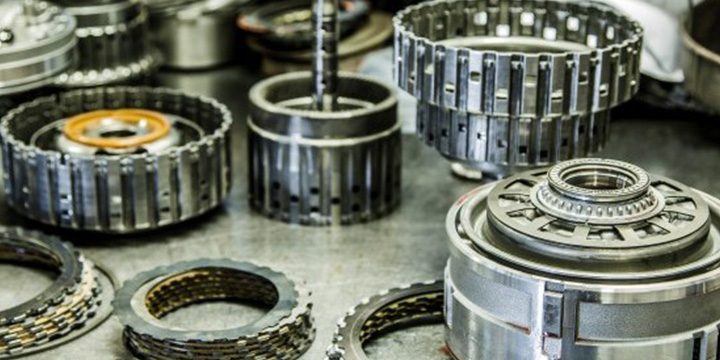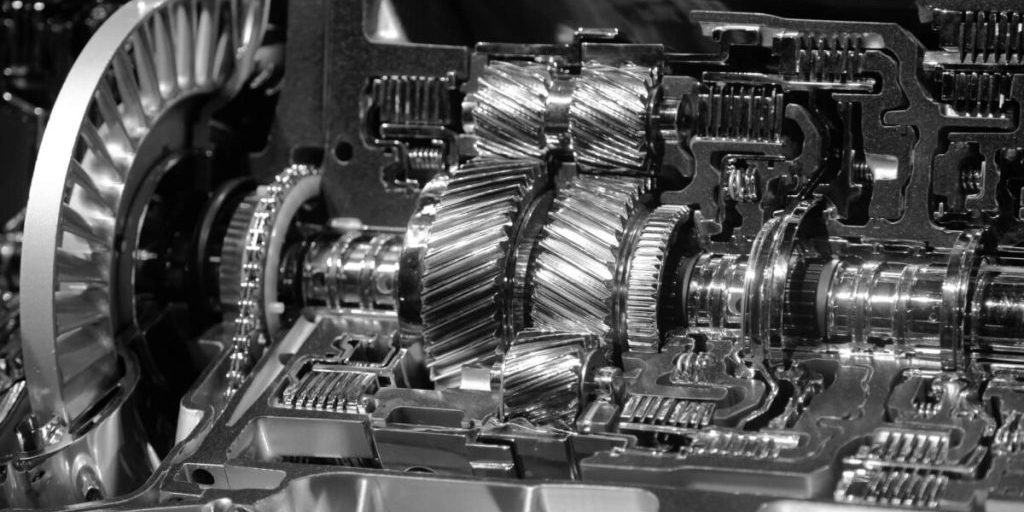Limited slip differentials – Everything you need to know
February 11, 2021

Differentials made their appearance long before cars started speeding down the roadways and were once used for everything, from clocks to computers. Today, though, they’re best known for their use in controlling and transmitting an engine’s torque in automatic transmission vehicles.
Like transmissions, engines and other important vehicle parts, there are many different types of differentials. Open differentials are the most common type, but limited slip differentials (LSD) are in a class of their own.
Keep reading if you’d like to learn more about how limited slip differentials work, it’s performance benefits and discover if it’s the right choice for your vehicle.
What is a Differential?
Differentials help power and control your wheels for a safer driving experience. A car differential works by taking the power from the engine and splits it, enabling both the inside and outside wheels to spin at a different speed.
Differentials play a key part in preventing a wheel dragging or slipping when attempting to turn a corner whilst driving. The earliest models of cars didn’t know how to allow engine powered wheels that are mounted on the one axle rotate independently from each other. They simply powered just a singular wheel on an independent axle. This was far from an ideal solution as the wheels were often underpowered and encounter frequent issues with grip and traction on anything other than firm, level ground.
Your car differential primarily controls the amount of torque (rotational force) distributed to each the wheel. When your vehicle travels around a corner, the inside wheel must spin slower than the outside wheel as it has less distance to cover. A differential distributes the amount of torque evenly to both wheels, permitting them to react to provide traction or react to resistance. The wheel that has the largest amount of resistance will rotate less and the wheel with the least amount of resistance will rotate faster.
What is a Limited Slip Differential?
Limited slip differentials are one of the most common and versatile differentials and are often found in high performance cars.
A limited slip differential works by shifting the amount of torque to the wheel that currently has the most traction, thus avoiding slippage and preventing damage to your vehicle. It uses two output shafts that spin at different speeds and restrict speed when necessary – for example, when a wheel gets stuck or starts to slip.
There are two main types of limited slip differentials – mechanical clutch and viscous.
What is a Mechanical Clutch Limited Slip Differential?
This type of limited slip differential utilises the same core gear and clutch system as an open differential (OD) does, but also have additional mechanisms to allow wheels to rotate independently. There are several subtypes.
What is a Viscous Limited Slip Differential?
Unlike mechanical limited slip differential units, a viscous limited slip differential creates resistance using liquid instead of a clutch to transfer power to your wheels. While they have fewer components than their mechanical counterparts, viscous LSDs require additional maintenance to replace the liquid once it loses its viscosity.
Many manufacturers market their limited slip differential units under brand names such as HTRAC, PSD, Twin Traction, ASD and others. No matter what they’re called, though, limited slip differentials offer augmented performance for vehicles that drive off-road or in less-than-stellar conditions.
Limited Slip Differentials vs. Other Differentials
How does the limited slip differential compare to other popular differential types? Let’s find out.
Limited Slip Differential vs. Open Differentials (OD)
The open differential is the most common type of differential. Its basic design makes it easier and cheaper to design and produce, but it does have some drawbacks. Unlike LSDs, open differential units balance torque equally between the two wheels, even in situations where it is less beneficial to do so.
Limited Slip Differential vs. Locking Differentials
Like the limited slip differential, a locking differential is a great choice for a vehicle that goes off-road. Unlike LSDs, a locking differential can lock both of the two wheels together to turn them in unison and can transfer up to 100% of the torque to a single one wheel if needed. Locking differentials are less smooth than a limited slip differential.
Limited Slip Differential vs. Welded Differentials
Similar to locked differentials, welded differentials lock both wheels together but do so permanently so that there is no way to transfer torque. While these differentials offer greater traction and reduced drag, they’re really only appropriate in specialised circumstances.
Limited Slip Differential vs. Active Differentials
Active differentials are similar to a limited slip differential in that they transfer torque power from one wheel to the next wheel as needed, providing traction for off-roading, uneven surfaces and surfaces without great traction. Unlike standard mechanical LSDs, active differentials use electronics to create resistance and detect how much torque to the wheel is needed. This can translate into better speed and traction on the road, but comes at a high price.
Limited Slip Differential vs. Torque Vectoring Differentials (TVD)
Torque vectoring differentials are electronically controlled enhanced to provide an augmented version of driving with a limited slip differential. Torque vectoring differentials use computers and electronic systems to manipulate your vehicle automatically so that it receives the ideal torque power at the ideal moment, improving traction. Unlike LSDs, a torque vectoring differential can channel 100% torque power to one side of the wheel if needed.
Pros of Limited Slip Differentials
No differential is perfect, but limited slip differentials do offer a variety of benefits that you won’t get with a standard open differential.
More Control Over Traction
Limited slip differentials compensate for a loss of traction in one wheel, offering you more control even when driving on slippery or rough roads.
Improved Driving Experience
A limited slip differential increases a car’s power and speed by utilising engine power more efficiently, thus allowing for a smoother and more enjoyable drive.
Improved Safety
Even on standard roads, LSD units can help prevent slippage and spinouts for near-perfect traction that translates to a safer and smoother ride.
Less Wear on Tires and Other Components
Limited slip differentials can help ensure that one wheel isn’t spinning needlessly, thus preventing unnecessary wear and tear on your tires. The same goes for axle shafts – shifting torque means less pressure, which, in turn, means a longer lifespan.
Ideal for Off-Roading Vehicles
Even when driving over dust, first and rocks, a limited slip differential offers much better traction and grip than the standard open differential system.
Cons of Limited Slip Differentials
The main disadvantage of LSDs is that they can’t provide 100% power to one wheel. Additionally, limited slip differentials cost more than traditional open differentials and require more maintenance and care to ensure they’re in top condition. Because they have additional mechanisms and parts, they’re also more likely to wear out and need replacement than some other differential types.
Automatic Transmissions R Us – A Great Vehicle Deserves Great Care
Limited slip differentials require professional maintenance and care to ensure they work properly and last a long time on the road. Protect your investment today by working with our expert team at Automatic Transmissions R Us to repair, replace or upgrade your differential.
We guarantee we can give your car the care it needs. Contact us today by sending an online enquiry.
Read on...



